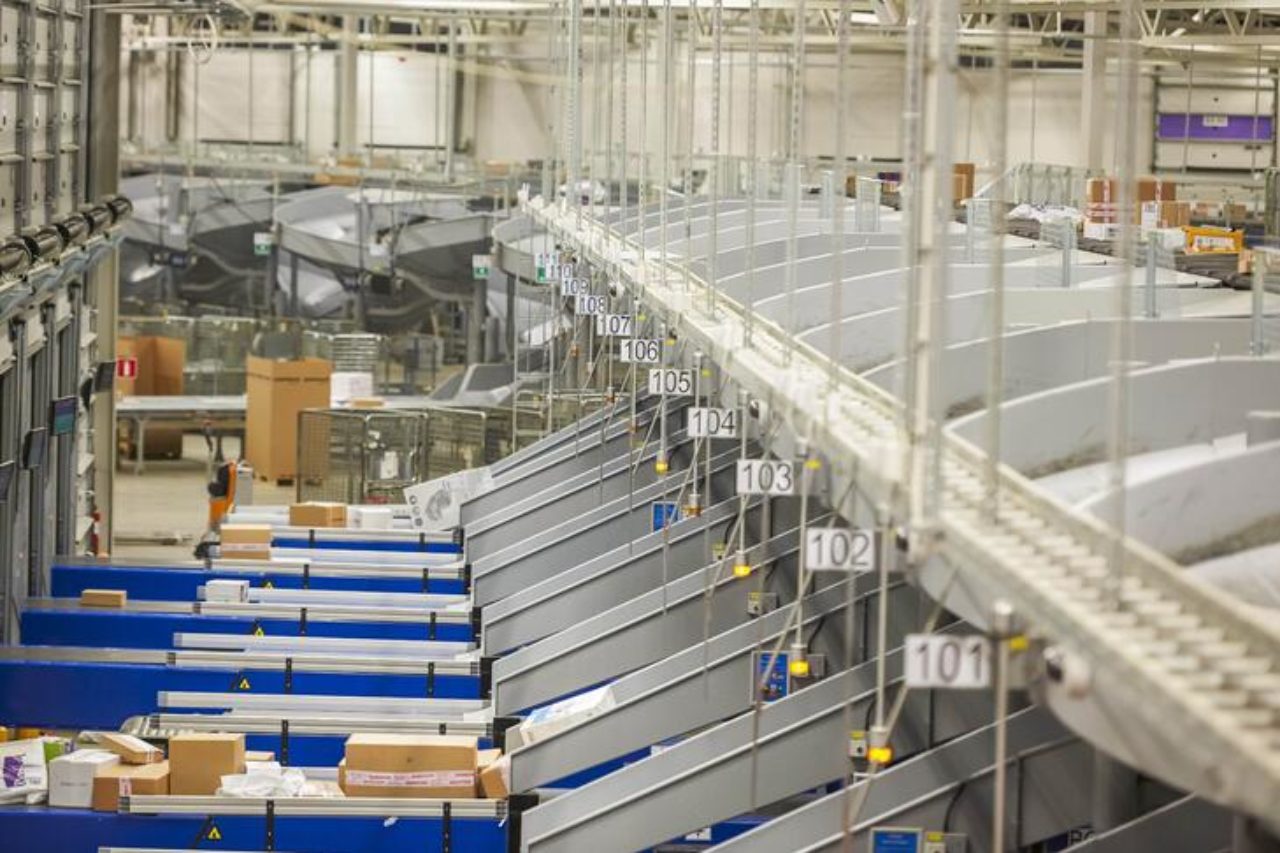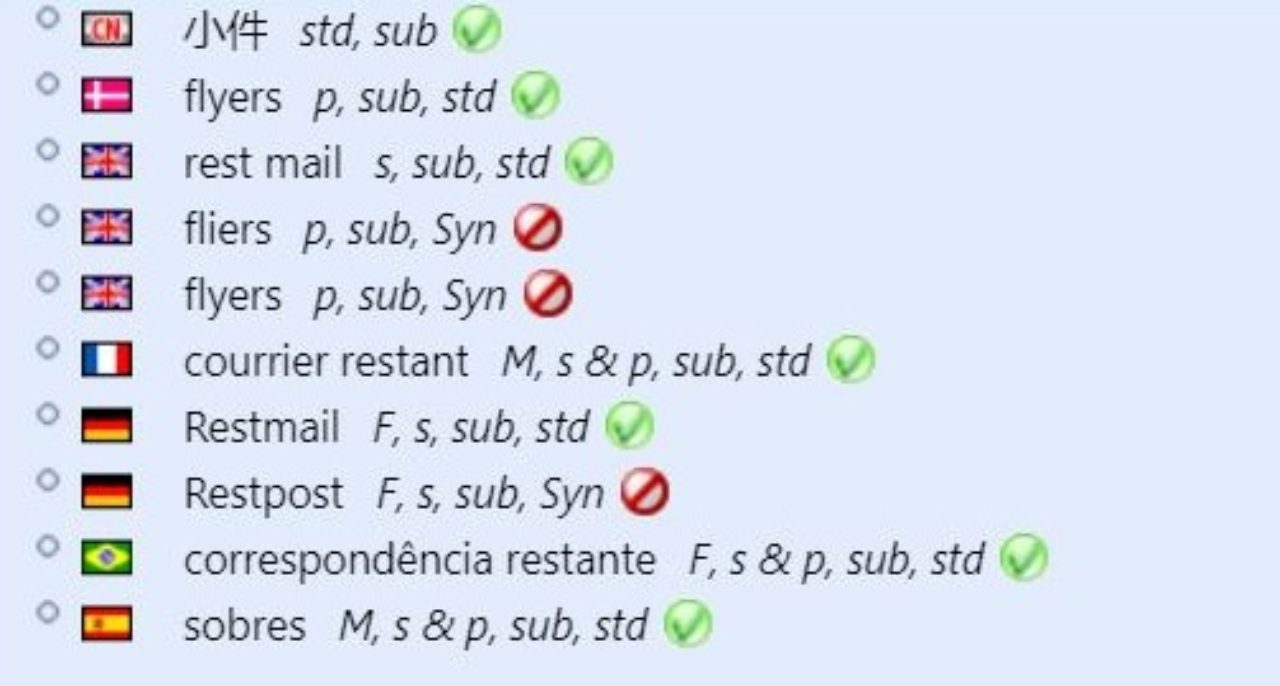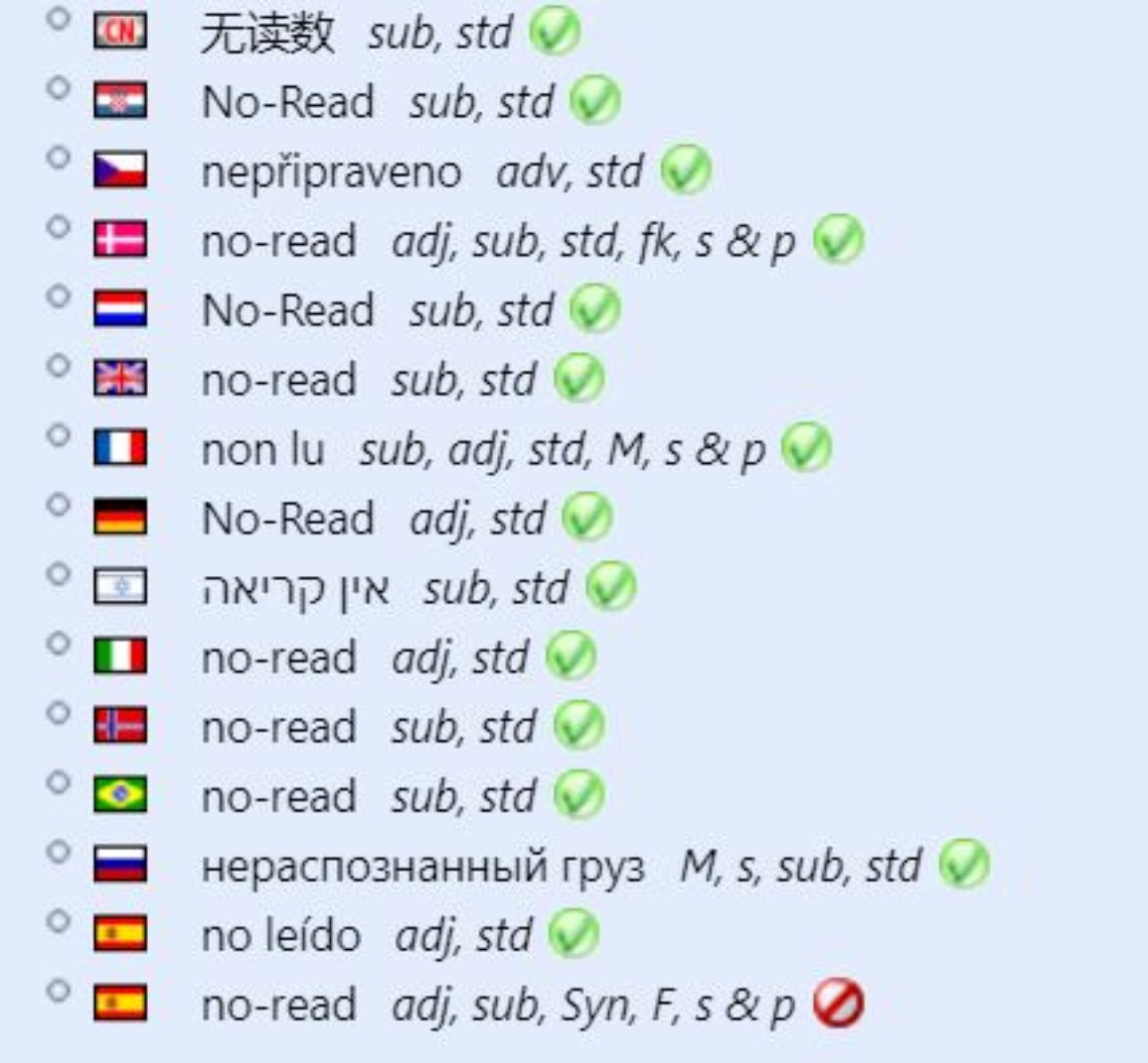WHAT ARE Non-conveyable items?
Non-conveyables refers to items that cannot be handled by the system due to their dimension, shape or weight and therefore must be handled manually. Drawings and posters that used to be shipped in tubes in the past were often defined as non-conveyable items. This is because they rolled and could not be controlled while traveling through a sorting machine.
Sometimes non-conveyable items can be made conveyable by using auxiliary support methods. Small, non-conveyable parcels, for example, can be placed in a tray or a carton that holds or secures the item. The tray or carton is then accepted as a standard, conveyable item while journeying through the system.
Non-conveyable items are also referred to as ‘non-machinables’, ‘irregulars, ‘non-compatibles’ or ‘NC-items’.
Characteristics of Non-Conveyable Items:
- Size and Weight: Items that are too large or heavy to fit on standard conveyor belts. For example, oversized furniture or heavy machinery parts.
- Irregular Shape: Products with awkward or irregular shapes, such as long pipes, large artwork, or certain industrial equipment, that don’t fit the typical dimensions for conveyor transport.
- Fragility: Delicate items, such as glass or electronics, which are more prone to damage on a conveyor system, making manual handling necessary.
- Packaging Restrictions: Items that are improperly packaged or without sturdy packaging may also fall under the “non-conveyable” category, as they pose a risk to the conveyor system and other packages.
To stay updated on non-conveyable items, read about odd-shaped parcels here and how to deal with them.
WHAT IS Rest mail?
Rest mail refers to the mail and parcels that remain after the primary or scheduled deliveries have been completed. This can include items that were not delivered on the first attempt due to various reasons such as the recipient not being available, incorrect addresses, or operational delays.
Postal organisations sort classical letters on special machines and letter machines can be used worldwide. This is because the Universal Postal Union (UPU, the United Nations’ governing agency for international cooperation in the postal sector) has defined the worldwide format of a letter as a C5 size. Equally, the postcard has a standard, international format.
But because letter machines are so specialised, anything that doesn’t fit into their format becomes rest mail (‘the rest’) and must be handled manually. And this includes many very small parcels. Rest mail can therefore also cover odd shipments that are too large to be considered letters and too small to be considered parcels by conventional standards.
Fortunately, parcel sorting machines for smaller sized parcels are also able to handle the rest mail and relieve the CEP facility from handling rest mail by hand.
Rest mail is sometimes also called ‘rest-hand-mail’.
For more information on how to handle rest mail, read our article ‘Small parcels or large letters?’ here.
WHAT ARE Flats and flyers IN THE PARCEL INDUSTRY?
The term ‘flats’ also comes from the letter business where operators differentiate between letters and flats. Flats are typically flexible envelopes or pouches that contain flat objects, such as magazines or passports. Like letters, flats have a standard size but a flats sorting machine will only accept a thickness of 20-30mm.
In the parcel industry, a small and flat parcel will be called ‘flats’ or ‘packets’.
The term ‘flyers’ comes from the parcel industry where the common belief is that parcels do not fly away (like letters in the wind). But because smaller and lighter parcels – flat items – do ‘fly’, to a degree, they have become nicknamed ‘flyers’ – referring to small and light parcels. The terminology is closely linked to the parcel industry’s version of flats.
If you need flyer sortation in a tight footprint, here’s a great example of high sortation accuracy in the tightest sortation footprint.

















